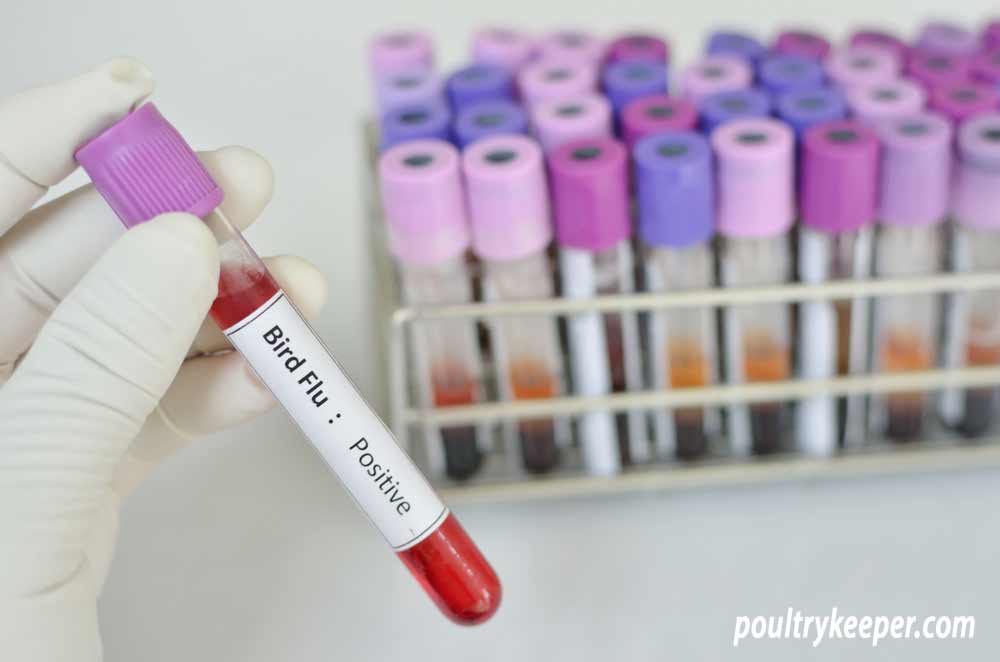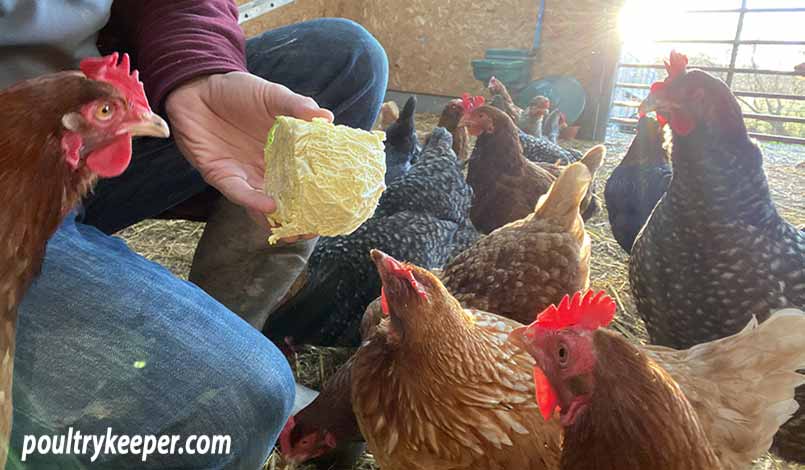
Avian Influenza, or bird flu, is an infectious virus that affects many species of birds, including chickens, ducks, turkeys and geese. There have been many outbreaks worldwide, including here in the UK, The winter of 2020-21 saw us housing our free-range birds for nearly four months!
This page offers basic advice to backyard poultry keepers about bird flu and is updated regularly with information on UK bird flu outbreaks.
Bird flu affects birds, including backyard poultry and can be passed on to our flocks or commercially farmed birds from migrating wild birds. It spreads relatively easily so when an outbreak is identified, restrictions are put in place around the location of the outbreak, birds are usually culled and the premises disinfected.
In recent years, including this year, the UK has made it legal to keep birds housed in order to reduce the risk of them catching bird flu during the winter months when the migratory birds are visiting.
The 2020-21 housing measures started on December 14th 2020 and were removed on April 1st 2021.
Risk to humans
There are a number of different strains of bird flu and fortunately most of them cannot be passed on to people, although there have been a couple of strains in recent years that have been a concern.
Many people have become infected around the world and there have been several hundred deaths from a couple of strains.
- H5N1 and H7N9 are the main concern if you have come into contact with infected birds.
- These viruses do not transmit easily from person to person – very close contact with infected birds is usually required. Cooked poultry isn’t a risk.
- So far, nobody has been infected with bird flu in the UK.
- Symptoms are much the same as normal flu.
Signs and symptoms of bird flu
Birds may be infected but do not show clinical signs of disease, so birds that look healthy can still be a risk to people coming into contact with them.
There are two types of avian influenza, highly pathogenic and low pathogenic. Highly pathogenic is the most serious and for most birds, will be fatal. Low pathogenic bird flu is normally less serious and can show up as birds having mild respiratory problems or there may be no clinical signs at all.
Some of the signs (which can vary between species) of highly pathogenic bird flu are:
- Reduction in egg numbers
- A loss of appetite
- A swollen head
- Respiratory difficulties – gasping, gurgling, coughing, sneezing, gurgling
- Blue discolouration of the neck and throat
- Diarrhoea
- Sudden death
Reporting bird flu
Bird flu is a notifiable disease (the only other one that affects poultry is Newcastle Disease) so suspected cases should be reported to the Animal and Plant Health Agency. It is advisable to do this if you find more than one dead bird or are suspicious of an outbreak.
Report dead wild birds to the Defra helpline on 03459 33 55 77 (option 7), and keepers should report suspicion of disease to APHA on 03000 200 301.
Poultry keepers should familiarise themselves with the government’s avian flu advice.
What is likely to happen if there's an outbreak near you?
If there is an outbreak of bird flu near you, DEFRA will visit to take samples and confirm the strain of the virus. Birds that test positive for the virus would have to be culled and the farm disinfected.
Within the local area, a restriction on the movement of poultry is likely to be set up and DEFRA would check for disease locally.
2020-21 bird flu outbreak
The outbreak of bird flu over the 2020-21 winter was the most serious we have seen for years. The government made it a law for us to house our birds for nearly four months.
So what are the laws if you keep chickens or other poultry as pets or for eggs/meat at the moment with the current outbreak?
- Legally, if you keep 50 or more poultry, you are required to register them with DEFRA so that they can contact you during an outbreak of bird flu. People with fewer than 50 birds are also encouraged to register.
- The housing measures were removed unless you are in a Protection Zone, but there are still biosecurity measures in place until further notice.
How to comply with the restrictions
To comply with the current bird flu restrictions, follow the biosecurity measures guide, most of all:
- Keep ducks and geese separate from other poultry. They often don’t show any signs of disease but can still pass it on.
- Consider placing food and water inside poultry housing to prevent contact with wild birds and vermin or use a treadle feeder.
- Minimise visitors to your birds. Remember disease can be carried in on clothing and footware.
- Discourage wild birds. Do not feed wild birds and put up bird scarers near your poultry housing.
- Control rodents to prevent disease spreading. See: How to get rid of rats.
- Clean and disinfect footwear before and after visiting your birds.
Housing measures - be prepared!
When the government announced housing measures, it took quite a lot of work to prepare our barn, add chicken mesh to the entrance gate, and block other holes where wild birds could get in. I was lucky to have a barn, and I wondered what other poultry keepers would do if they didn’t have a suitable size house or house and covered run.
Chicken houses and runs were in high demand, and a new chicken house I ordered during this time was on a 10-week delivery!
So, do keep in mind that The government could implement housing measures again relatively quickly if there is another bird flu outbreak.
Be prepared with a plan if (when?) it happens.

I gave my hens bales of straw to climb on, added some nesting boxes (although they soon found other places to lay amongst the hay, who can blame them!)
I took them greens regularly, and I put mixed poultry grit in a bowl and their layers pellets in 3 feeders so birds that were lower in the pecking order could get to the food. I scatter corn in the straw to keep them busy from mid-afternoon onwards.
Bird flu was found 25 miles away in Leominster, but I’m pleased to say we didn’t see any problems with our birds.




